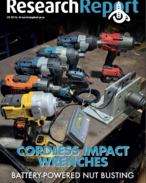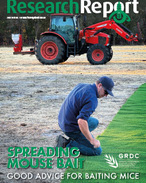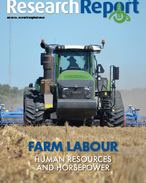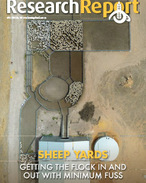This article is 4 years old. Images might not display.
In the report, which examines global wheat consumption out to 2030, AEGIC chief economist Professor Ross Kingwell said by 2030 global wheat imports are expected to increase from 92mmt to 116mmt for human consumption and from 17.1mmt to 25.7mmt for animal feed.
"Wheat will remain a significant component of the world's daily food intake," Kingwell said.
"Towards 2030 Australian wheat exports would increasingly come from Western Australia and South Australia, with the domestic food and feed market largely supplied by the eastern states.
"Australia's classification system needs to cater for the increasingly divergent needs of the domestic and export markets."
Over the next decade, the bulk of Australian wheat must be functionally flexible and support use in multiple products within multiple markets, the AEGIC report noted.
"While Australian wheat is currently well regarded for noodle applications, the growth in bread products within international markets provide ongoing opportunity," Kingwell said.
"Australia also has strong capacity to develop new varieties for specific end products, for example udon noodles and biscuits.
"South East Asia will remain a key exporting region for Australian wheat. The report makes specific recommendations for individual South East Asian markets," Kingwell said.
Other potential opportunistic markets will include the Middle East and North Africa, Sub Saharan Africa and South Asia.
For the full AEGIC Wheat 2030 report visit:
https://www.aegic.org.au/wp-content/uploads/2020/08/AEGIC_Wheat-2030_LR.pdf






















